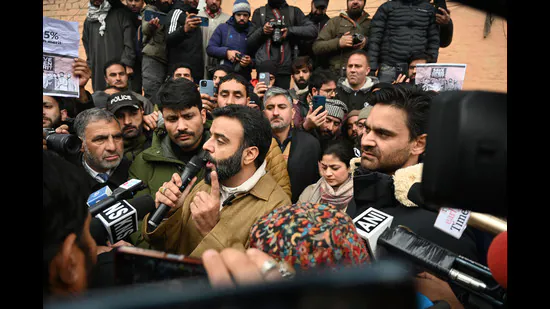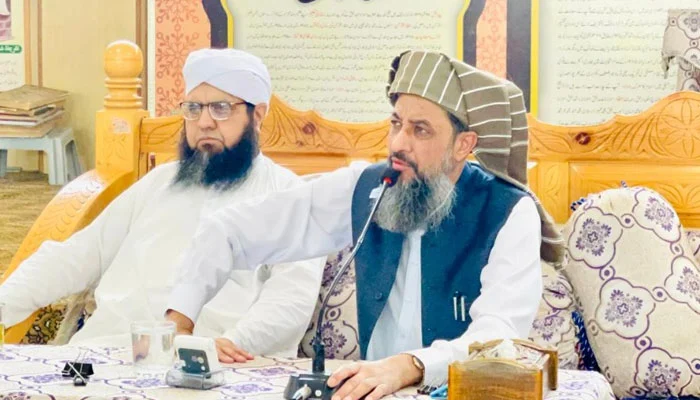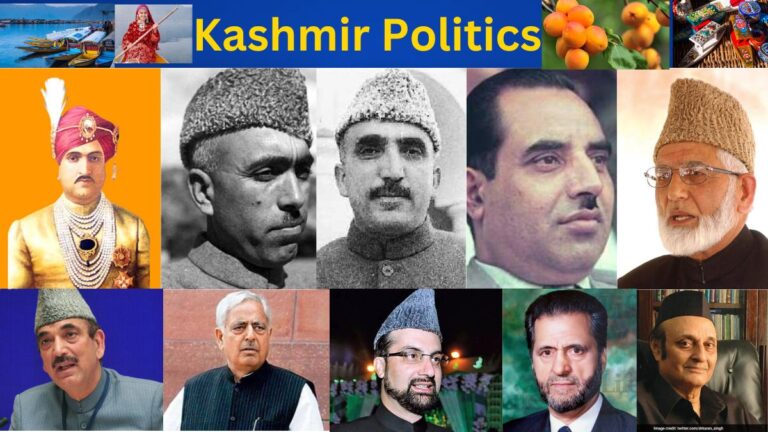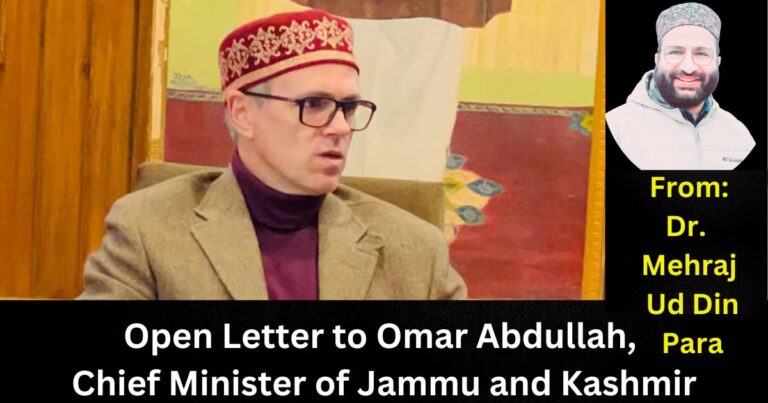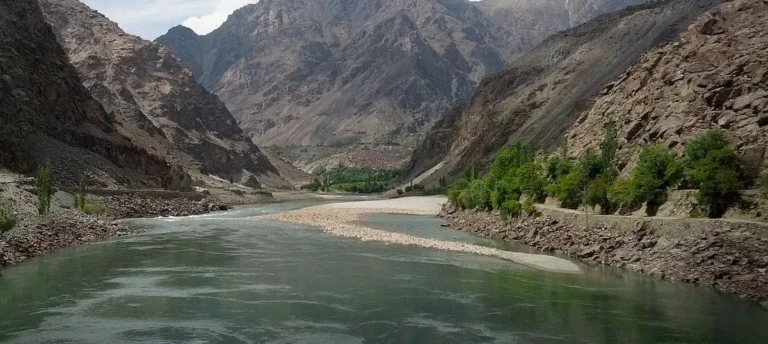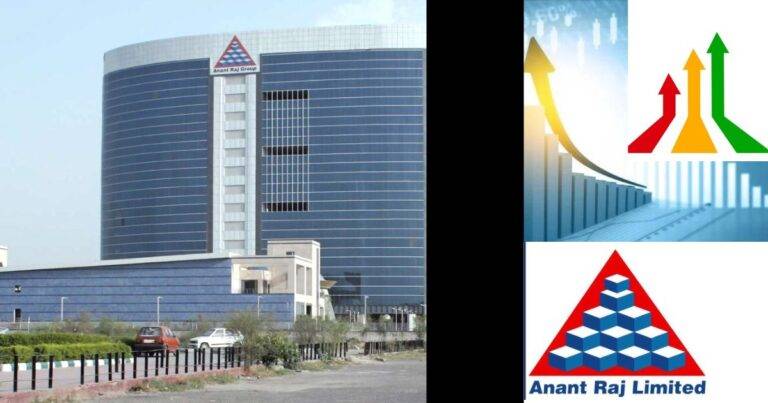National Conference in Turmoil: Sakina Itoo Slams Aga Ruhullah’s Protest as ‘Cheap Publicity Stunt’
The political landscape within the National Conference (NC) appears to be growing increasingly volatile, with tensions escalating over the recent protest led by Aga Ruhullah Mehdi outside Jammu and Kashmir’s Chief Minister Omar Abdullah’s residence. Sakina Itoo, a senior NC leader and Cabinet Minister for Health, Social Welfare, and Education, has sharply criticized Ruhullah’s actions, labeling the protest as a “cheap publicity stunt.” This remark underscores a widening rift within the party, marking the deepening divisions over political strategies, leadership styles, and policy approaches.
Ideological Fractures and Leadership Struggles
At the heart of this dispute is a struggle for ideological coherence and leadership within the NC. Ruhullah’s protest—demanding political change and greater attention to the Reservation Policy—was framed as a way to pressure the government, specifically targeting the Chief Minister, Omar Abdullah. However, Itoo’s criticism reveals how the protest is seen as counterproductive by some within the party. Itoo argues that such actions do little to address the real issues at hand and may even harm the party’s public image by focusing on sensationalist tactics rather than substantive policy discussions.
This episode highlights a deeper issue within the NC: a struggle between the party’s older guard, like Itoo, and a younger faction that seeks more assertive and radical methods of political engagement. Ruhullah’s approach, involving public protests against the state government, challenges the more pragmatic and cooperative approach preferred by Itoo and other leaders in the party. The growing ideological divide between these two factions could further erode the unity of the NC, a party that has long been a dominant force in Jammu and Kashmir.
Divisions on Statehood and Article 370
Another layer to this conflict is the ongoing debate over Jammu and Kashmir’s political status. Ruhullah, an advocate for the restoration of Article 370, sees the protest as a means to voice dissatisfaction with the current state of affairs, particularly in light of the region’s transition to a Union Territory. His stance on the restoration of Article 370 contrasts sharply with the more moderate positions held by NC leadership, including Omar Abdullah, who has recently urged Ruhullah to focus his energies on the statehood issue in Delhi rather than local protests. This divide not only reflects ideological differences but also highlights the conflicting strategies within the NC regarding Jammu and Kashmir’s future political status.
The ongoing clash between Ruhullah and Abdullah also underscores the internal tensions regarding the NC’s broader strategy. While Omar Abdullah has attempted to steer the party toward pragmatic political maneuvering in an era of Union Territory status, Ruhullah’s insistence on pushing for the restoration of Article 370 and statehood signals a refusal to accept the current political reality. This could pose a significant challenge for the NC, as it struggles to balance the need for strategic engagement with the aspirations of its base, many of whom feel that the removal of Article 370 has undermined their identity and autonomy.
Party Cohesion and Public Perception
The NC’s internal strife is not just a matter of ideological disagreement—it also carries significant implications for its public image. As the party’s senior leaders air their grievances through media and public statements, it risks appearing disjointed and ineffective to the electorate. The public nature of these disagreements could alienate supporters and damage the party’s credibility, particularly in an era of increasing skepticism towards political leaders and parties that are seen as being divided or out of touch with the needs of the people.
In the context of Jammu and Kashmir’s current political climate, where the region’s future remains uncertain, the National Conference’s internal conflicts might make it more difficult for the party to present a united front. This is especially critical in the face of competition from other political parties, which are vying for the support of a public disillusioned by decades of unrest and changing political circumstances.
Conclusion
The fallout from Aga Ruhullah’s protest and Sakina Itoo’s criticism signals a moment of significant turmoil for the National Conference. The growing divisions within the party, amplified by clashing views on political strategy, the status of Article 370, and public protest tactics, suggest that the NC is grappling with its identity in an evolving political environment. As these internal disputes continue to unfold, the future of the National Conference will depend on its ability to reconcile its differences and present a cohesive vision to the people of Jammu and Kashmir, or risk further fragmentation and irrelevance in the region’s shifting political landscape.
